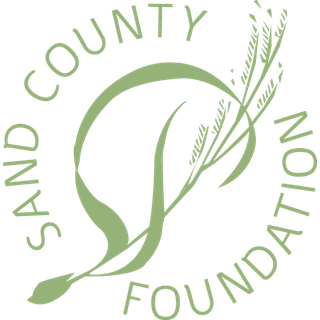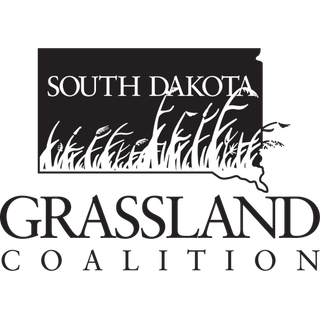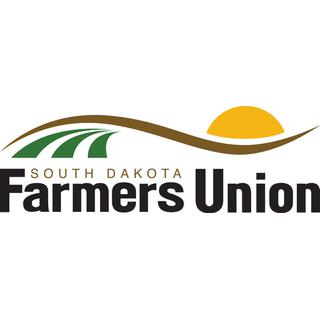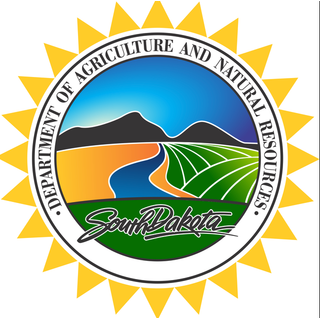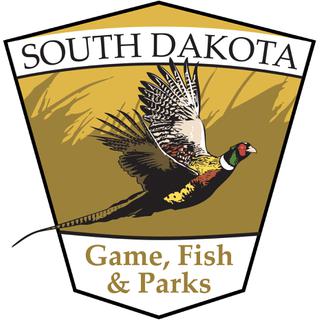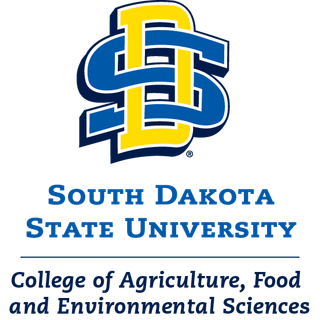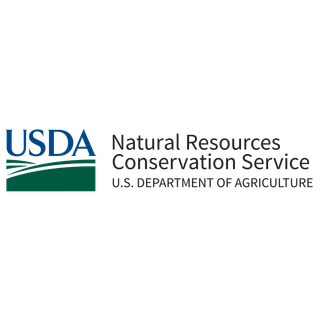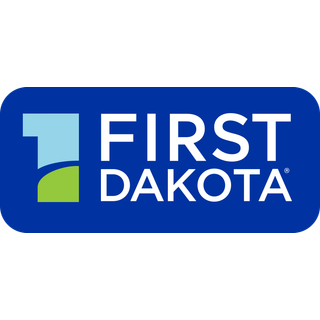Watch their inspiring conservation story
“Grass has been the very root of our family’s survival,” says Neil Bien. “To have that in our history spurs us to save the grassland and keep it as long as we can.”
The Bien family’s dedication to conservation has allowed them to sustain the landscape while earning their livelihood from it for more than a century. Neil and Muriel Bien, along with Neil’s brothers Boyd and Lyle and their families, operate the ranch homesteaded in 1888 by their grandfather Ole Bien.
“We try to focus on being environmentally sound and economically viable,” Neil said. “If you don’t do things that are profitable, you won’t have anyone here. And, if you don’t have anyone here (on the land), you can’t take care of the environment.”
Much of Bien Ranch’s 8,200 acres is grassland and original native prairie. About 2,000 acres of no-till farmland produces hay and other feed for a herd of about 1,000 beef cattle. Neil’s brothers own adjacent land that is managed with the same conservation ethic. The Biens strive to conserve water as they ranch in a way that mimics nature by keeping fields green with cover crops.
Located in northeast South Dakota’s Prairie Coteau, the Bien Ranch is an intact representation of the prairies, wetlands, and woodlands this glacial landscape is known for. Neil’s passion has long been preserving and restoring wetlands. He has preserved 100 natural wetlands, and restored 15 wetland basins across Bien Ranch.
Neil says wetlands are essential to the water cycle and provide critical habitat for waterfowl and wildlife. This approach is in contrast with those who converted to row crop agriculture by draining wetlands in recent decades.
“We believe you can’t pump something out of the ground without putting it back for the future,” Neil said. “Sustainability is not possible if you exploit, exhaust, or use it up.”
Water development and miles of well-designed interior cross fences have been established at Bien Ranch in partnership with the U.S. Fish and Wildlife Service, Ducks Unlimited, and the Natural Resources Conservation Service. These improvements helped the Biens transition from season-long grazing to rotational grazing for the benefit of the land, livestock, and wildlife.
Interspersed throughout the ranch are wildlife food plots, 100 acres of tree plantings, and other wooded areas that offer protection to wildlife and livestock. Their careful placement does not impact species that rely on open native prairies. As a result, waterfowl and native upland birds like the Sharp-tailed grouse are found in abundance.
“Part of being on the land is enjoying it; we’re not just here to work,” Neil said. “Fishing, hunting, and setting up bird houses and feeders, is important.”
Like Aldo Leopold before him, Neil is a great observer of nature and natural processes.
Neil served on the State Wildlife Commission for eight years. He and Muriel taught at the high school level in Sioux Falls, where he was recognized as the South Dakota Biology Teacher of the Year. As a true teacher and conservationist, Neil found it impossible to remove himself from either of his core vocations.
He required his students to read Aldo Leopold’s A Sand County Almanac because it taught patience with the environment and land.
“You have to be patient with wetlands and native grass” he said of his own ranch, which he considers a work in progress.
